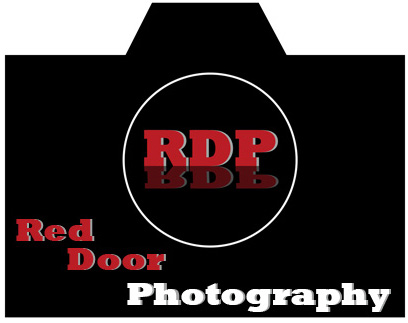
I thought with the announcement of the new lens and the whole confusion about crop factor, and DX FX formats, I should talk about what it all means. The image you see above was taken on Fuji 35mm film. An image taken on 35mm film is actually 24mm X 36mm which is the same size as the FX format. FX stands for "full frame". This is represented above by the entire frame. The Standard digital size or DX is 23.6mm X 15.8mm. This is represented above by the inner white box. There are also what's called Medium format digital cameras(Hasselblad style cameras) which are 48mm x 36mm. These are considered medium format cameras, and they cost quite a bit more than the standard Nikon, or Canon's do. When we are talking about the size in mm we are talking about the physical size of the image sensor inside of the camera. This is important because the larger the image sensor, the more area you have to receive light. A 12 megapixel DX sensor and a 12 megapixel FX sensor are completely different. Yes they have the same amount of pixels, but since the FX image sensor is so much larger, the pixels(or light receivers) can be larger. This translates into better performance in low light situations.
Let's talk about the "crop factor" for a minute. What you see above is the crop factor. The DX sensor is physically smaller, so it can't capture as much of the image as the FX can. Most of the lenses (especially prime or fixed length lenses) were made for the FX or full frame format. This means that they can take advantage of the entire field of view that the lens has to offer. For example, the image above was taken with a 50mm prime Nikkor lens on a film camera. If I had placed that same lens on my Nikon D300 and taken the same picture, the most I could have gotten in the photo would be what is inside the white box. THE FOCAL LENGTH DIDN'T CHANGE, but the field of view did. I could see less of the image because my digital camera's sensor is smaller and couldn't take advantage of the entire field of view being offered by the lens. Some people mistake this field of view change as a change in the focal length, it is not. Just because you have a DX(smaller) sensor attached to a lens that is made for film or full frame digital sensors, doesn't mean that the focal length has changed. A 50mm is still a 50mm no matter what.
When you are out at the camera store shopping for a new lens, the sales person may start talking about the 1.5 crop factor, and what your effective focal length is. What they are doing is this, the FX sensor, and 35mm film is roughly 1.5 times the size of the smaller DX sensor. So what they do is multiply whatever focal length lens you are looking at, by 1.5. Lets use a 200mm lens as an example if you multiply the 200mm lens by 1.5 you get 300mm. This means that with that 200mm lens, you are seeing the same amount of the picture that you would if you had a 300mm lens on a full frame(FX) or film camera. This DOES NOT MEAN THAT YOU GET A 300mm LENS FOR THE PRICE OF THE 200mm. It simply means that you have a different amount of viewable area with a DX camera than you do with a FX camera. Don't let them fool you.
If you have any questions about this, or need some more examples of how the crop factor works, please email me, or leave comments on here. Sometimes this can be a hard concept to understand. Read on to hear about Nikon's awesome new lens. Jason






No comments:
Post a Comment